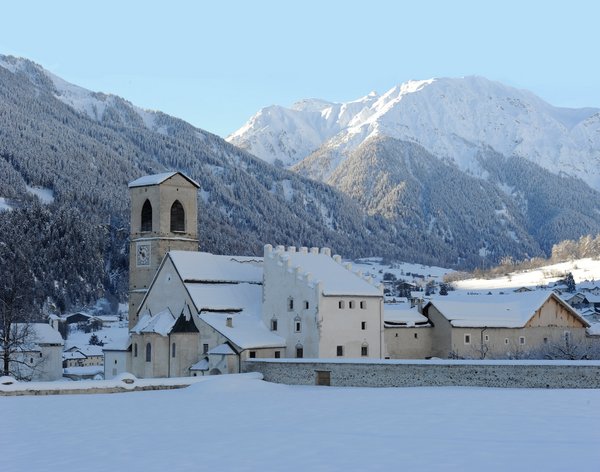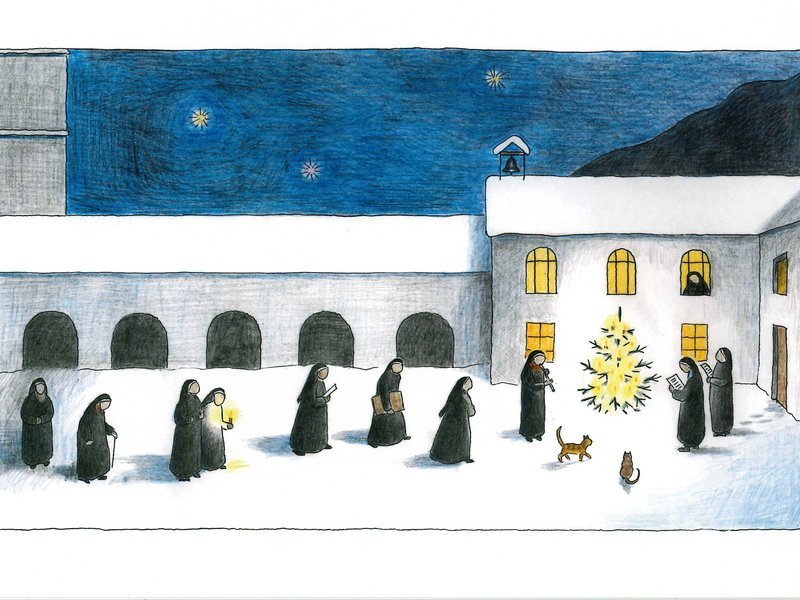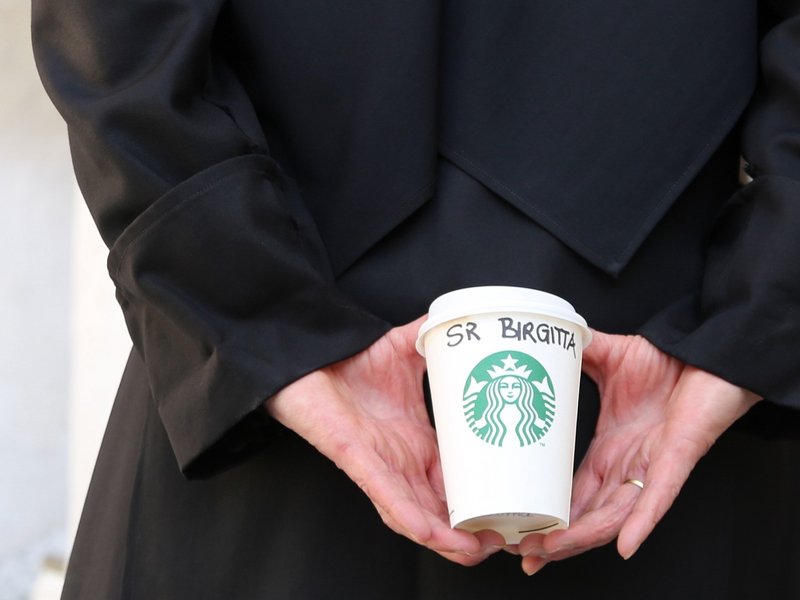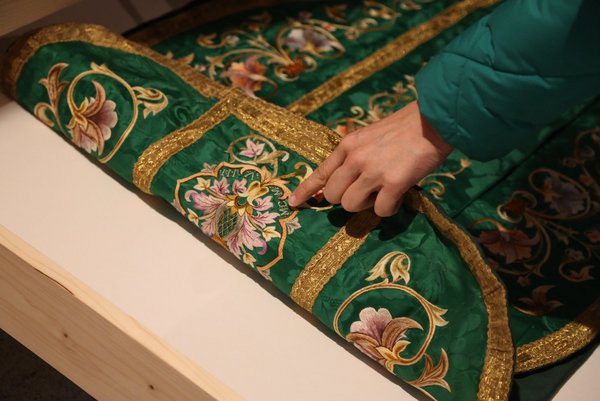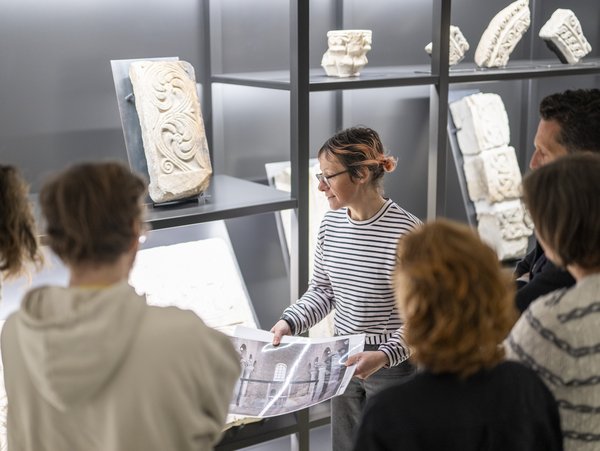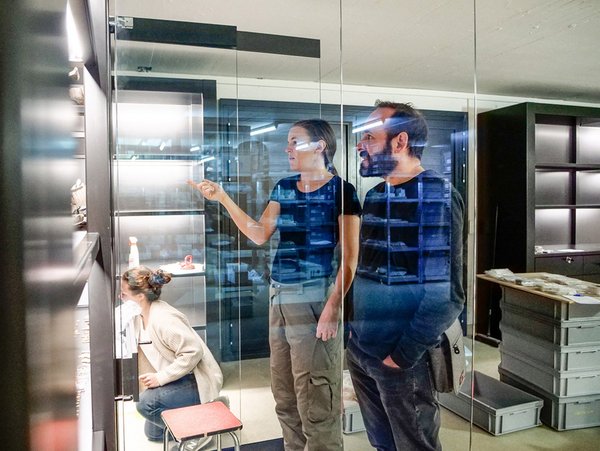
Das Kloster St. Johann in Müstair
Mauern, Türme und Bögen, Winkel und Ecken, Gärten und Schafe, Wissen, Kunst und Kultur. Das Kloster St. Johann in Müstair wurde im 8. Jahrhundert gegründet. Karl der Grosse soll es gestiftet haben, die Statue in der Klosterkirche ist ein Zeugnis dafür. Die Klosteranlage entstand aus einem Guss. Aus der Karolingerzeit sind heute noch die Klosterkirche und die Heiligkreuzkapelle erhalten. Seit 1983 Weltkulturerbestätte der UNESCO.
Kloster St. Johann
Aktuelles
Das Museum im Kloster St. Johann
Das Klostermuseum befindet sich im Plantaturm, einem über tausend Jahre alten Wohn- und Fluchtturm. Treten Sie unter kundiger Führung eine Zeitreise durch 1200 Jahre Kloster-, Kunst- und Baugeschichte an. Die Benediktinerinnen von Müstair gewähren Ihnen Einblick in ihr Kloster und in ihr Leben einst und heute.
Öffnungszeiten Klostermuseum und Klosterladen la butia:
Werktage von 9 bis 18 Uhr | Sonn- und Feiertage ab 13.30 Uhr
T. +41 (0)81 858 61 89 oder visit-museum@muestair.ch
Zum Museum
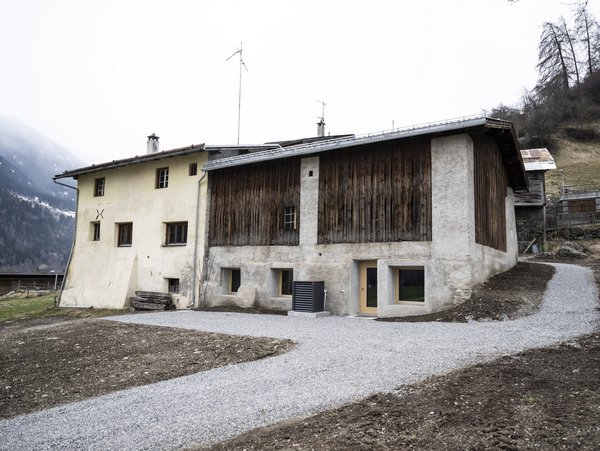
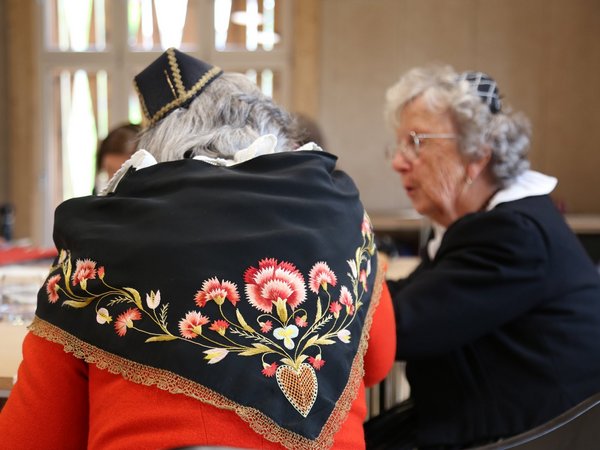
Besuch planen
Das Val Müstair liegt im südöstlichsten Zipfel der Schweiz und damit im Herzen der Alpen, das macht die Anreise lang – und traumhaft schön.
Eine Übernachtung im Gästehaus des Klosters, das von den Schwestern geführt wird, lohnt sich. In der gegenüberliegenden Chasa Chalavaina – Historisches Hotel des Jahres 2024 – kann man gut essen und in den Sommermonaten auf dem Plaz Grond guten Kaffee trinken.
Besuch planen
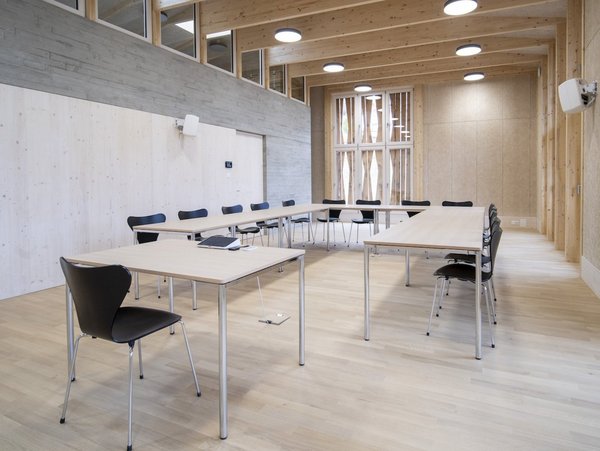
Chasa Selm – Raum auf Zeit für Veranstaltungen
Suchen Sie einen Raum für Ihren Vortrag, Weiterbildung, Seminar, Filmvorführung, Yogakurs oder ähnlichem.
Zur Chasa Selm
Der Überblick auf alles Wichtige im und aus dem Kloster
Ob für Erwachsene oder Kinder, für Ansässige oder Touristen, für Ruhesuchende oder Musikliebhaber, das Kloster Müstair hat für jeden etwas zu bieten. Sehen Sie selbst, wieviel in unseren Klostermauern los ist.
Zur Agenda
Es liegt uns am Herzen, das Kloster St. Johann für unsere Gäste erlebbar zu machen
Unsere Arbeit ist nicht nur ein Beruf, wir lieben das, was wir tun. Unser Anliegen ist es, das Kloster in seiner Gesamtheit mit all seinen Schätzen den Besuchenden nahezubringen und trotzdem das Bedürfnis der Klosterschwestern nach Ruhe und Abgeschiedenheit zu respektieren.
Zum Kontakt
Gutes aus dem Kloster können Sie jetzt ganz gemütlich von zu Hause aus bestellen
Produkte aus dem Kloster und dem Val Müstair
Zum Online-Shop


